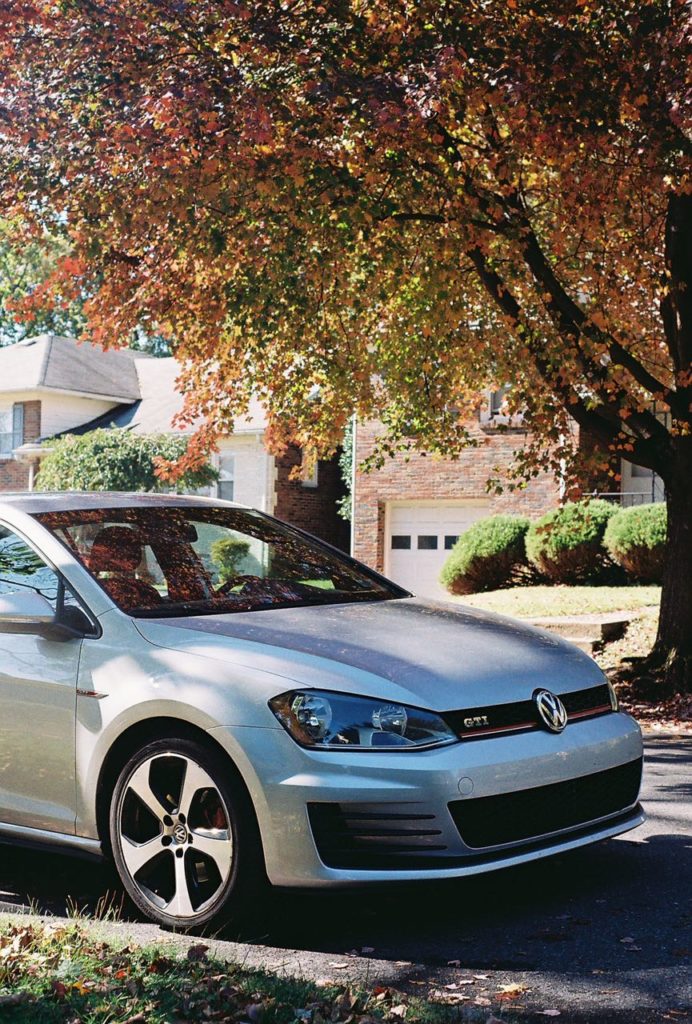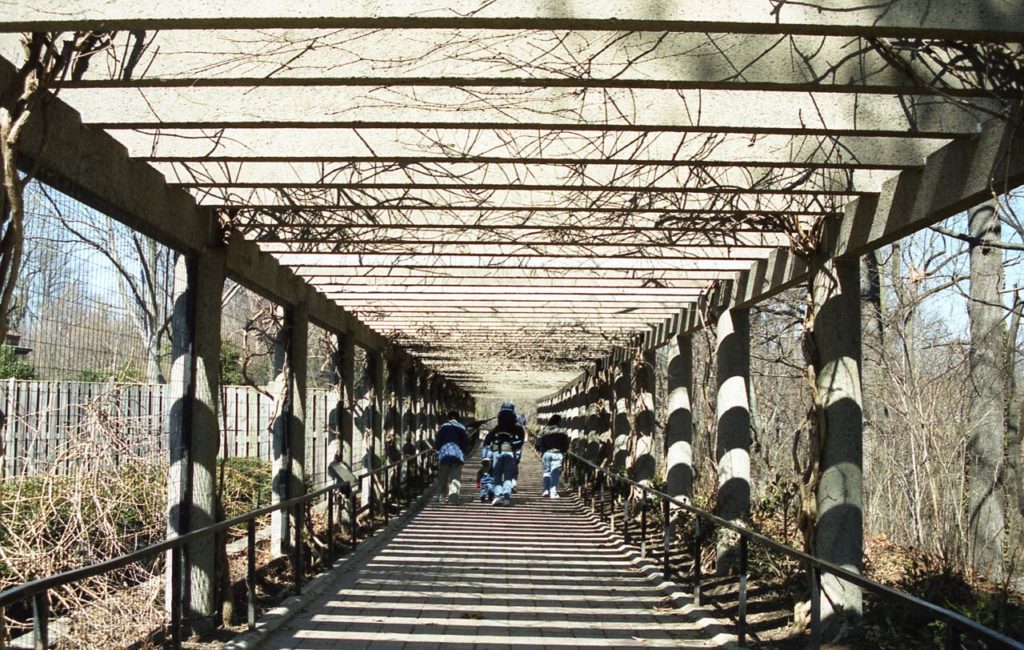When Kate and I were married as the 80s came to a close, my brother gave us an amazing wedding gift — a brand new Nikon N4004s with a 50mm f1.8 lens and a classic Tamrac case. You see, I’d been using his Nikon EM for the past four or five years. I guess for my brother, the gift of the N4004s accomplished two goals — got us a wonderful wedding present and got him his old camera back!
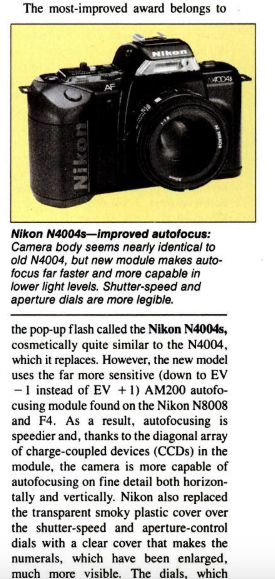
When introduced, the N4004s was a significant update to Nikon’s first real consumer-grade autofocus SLR, the N4004. With it, Nikon improved the autofocus speed thanks to the more sensitive and faster AM200 autofocus module found in the F4 and N8008. From what I can find, it was introduced in the spring of 1989, meaning my brother had purchased the latest model from Nikon.
In the front of the 4004s’ manual, it read, “We hope you enjoy the Nikon N4004s, and we’re sure it will make photography a bigger part of your life [it did…]. For the first time ever [and the last time ever], we are incorporating Nikon’s exclusive Decision Master System, a complete system that integrates camera and lens computers to give you automatic control of all picture taking operations, and makes the Nikon N4004s an absolute joy to use…”
When we first started using it, the N4004s was a joy to use. I was amazed at how it focused on its own, and how simple the exposure was. As a programmed automatic camera, it took care of all of the exposure settings. It let you know if you were going to be over exposed or it there was a danger of camera shake and if the pop-up flash would be necessary. It had an autowinder, automatically read your film speed (DX coding), was really easy to load. It had a self-timer and was Nikon’s first SLR with a built-in pop-up flash. And it used 4 AA batteries, which lasted a good long time and could be replaced anywhere.
 We took thousands of photos with that camera; it traveled on our honeymoon, captured our girl’s first moves, many family events and even a few forays into creative photo making. It always seemed to hit focus and exposure no matter what we threw at it. But it was an awful camera for understanding how photography works. With no way to really know what shutter speed or aperture the camera was setting when in program, I grew to just rely on the automatic nature of the camera to get my shot.
We took thousands of photos with that camera; it traveled on our honeymoon, captured our girl’s first moves, many family events and even a few forays into creative photo making. It always seemed to hit focus and exposure no matter what we threw at it. But it was an awful camera for understanding how photography works. With no way to really know what shutter speed or aperture the camera was setting when in program, I grew to just rely on the automatic nature of the camera to get my shot.
 It’s for that reason that I consider the N4004s a highly advanced point and shoot camera. Yes, it could mount and meter pretty much any Nikon AF lens of the day right up to the AF-S lenses of today, so you had plenty of opportunity to try different optics. Yes, it had TTL flash built-in and knew how to provide balanced fill flash. But as I grew as a photographer, its shortcomings became very apparent.
It’s for that reason that I consider the N4004s a highly advanced point and shoot camera. Yes, it could mount and meter pretty much any Nikon AF lens of the day right up to the AF-S lenses of today, so you had plenty of opportunity to try different optics. Yes, it had TTL flash built-in and knew how to provide balanced fill flash. But as I grew as a photographer, its shortcomings became very apparent.
The N4004s can mount manual lenses, but can’t meter them. There’s no exposure compensation, and no control over film speed — it sets the film speed based on DX coding. No code on the film canister, it defaults to 100 ASA.
The viewfinder is a bright matte with focus brackets in the center with 92% coverage. As with most AF systems, place the focus brackets over the main subject, lightly press the shutter release and the camera focuses. Focus holds for those who like to focus and recompose.
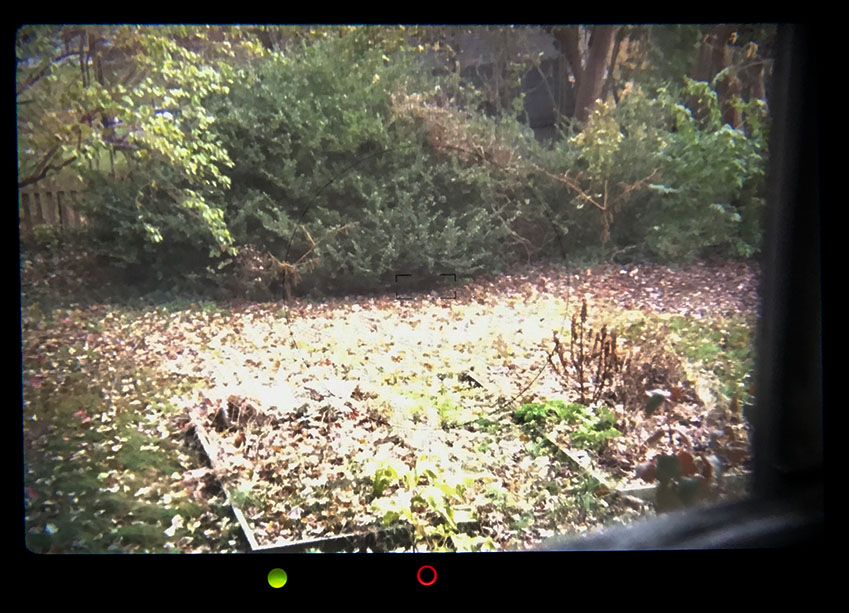
There’s not a whole lot of information in the viewfinder, though. There’s a green dot for focus confirmation, a +/o/- indicator for exposure and a flash lightning bolt to indicate when flash is needed of ready. There’s no indication of shutter speed or aperture setting in the viewfinder…fine for the point and shooter, but very frustrating for anyone looking for creative control.
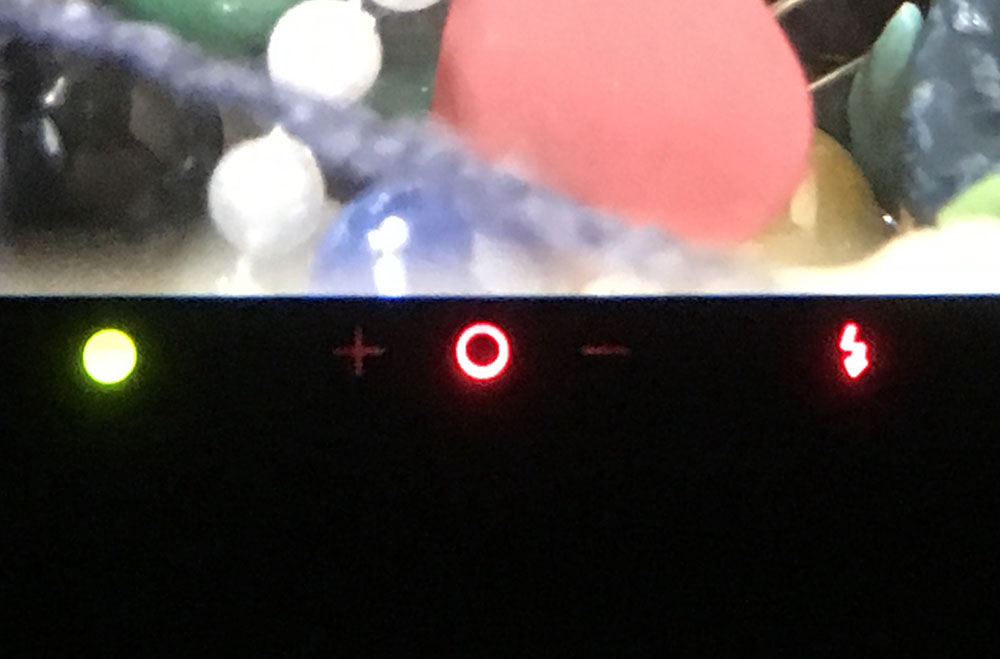
The N4004s used an exposure system different that any I’ve seen on a Nikon before or since. Called their “Decision Master System,” it was pretty foolproof unless you wanted some control. In full program, it used a three-segment metering pattern; in aperture or shutter priority, it used center-weighted metering. There was not real choice, or could you switch metering patterns without changing the mode. As I mentioned, it did a good job…but the user has no idea what’s going on. This was Nikon’s first camera to use a dial to control aperture; the G-lenses that would be introduced in the 1990s (and pretty much every new Nikon lens since) no longer have aperture control in the lense itself.
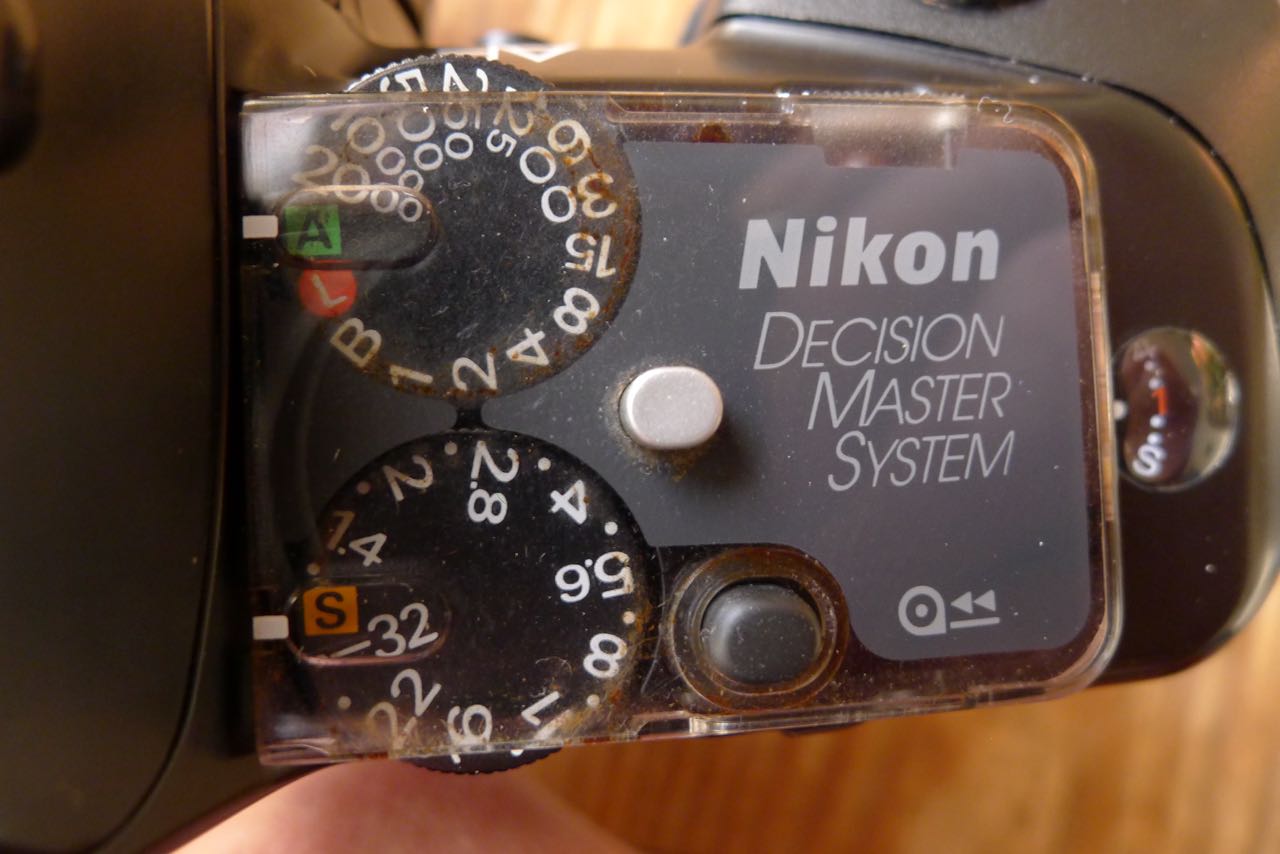
That’s not to say you can’t control the shutter or the aperture. On the top of the camera are two dials — one for aperture and the other for shutter speed. For full automatic, set the aperture dial to A and shutter dial to S. For shutter priority, set the shutter dial to the desired speed and the camera sets the right aperture; for aperture priority, set the aperture and the camera selects the correct shutter speed.
Unfortunately, if you set a shutter speed manually, you have no clue what aperture will be used; same with the aperture setting…set it to f4, you have no idea what shutter speed it’s going to use.
When in program/automatic, the indicator would show a “o” of the exposure was okay. If the o blinks, it means that there’s the possibility of blur caused by too slow a shutter speed (user could pop the flash, use a tripod or just hope for the best.) If the + lights up, the image will be overexposed; the – means that the camera will be too dark and flash is required. And if the lighting bolt blinks, the camera is suggesting its time to use flash.
In shutter or aperture priority, the indicators give some direction on what needs to happen to get a good exposure — raise or lower the shutter speed, open or close the aperture, etc. But I never really paid much attention, as it was more of a pain to use shutter or aperture priority, and at that point, I really didn’t understand the relation of aperture to depth of field, and I kept it in automatic pretty much all of the time.
 As I said, the N4004s is capable of taking fabulous images. Put the right glass on the front, let the camera do its thing, and you’re going to get some winners. I was happy with it for years and thought myself quite a photographer with it. That was, until I got my hands on a N8008s and learned more about what goes into controlling how photos are made. The N4004s was then relegated to second-class status. The flash stopped working and I eventually gave it away.
As I said, the N4004s is capable of taking fabulous images. Put the right glass on the front, let the camera do its thing, and you’re going to get some winners. I was happy with it for years and thought myself quite a photographer with it. That was, until I got my hands on a N8008s and learned more about what goes into controlling how photos are made. The N4004s was then relegated to second-class status. The flash stopped working and I eventually gave it away.
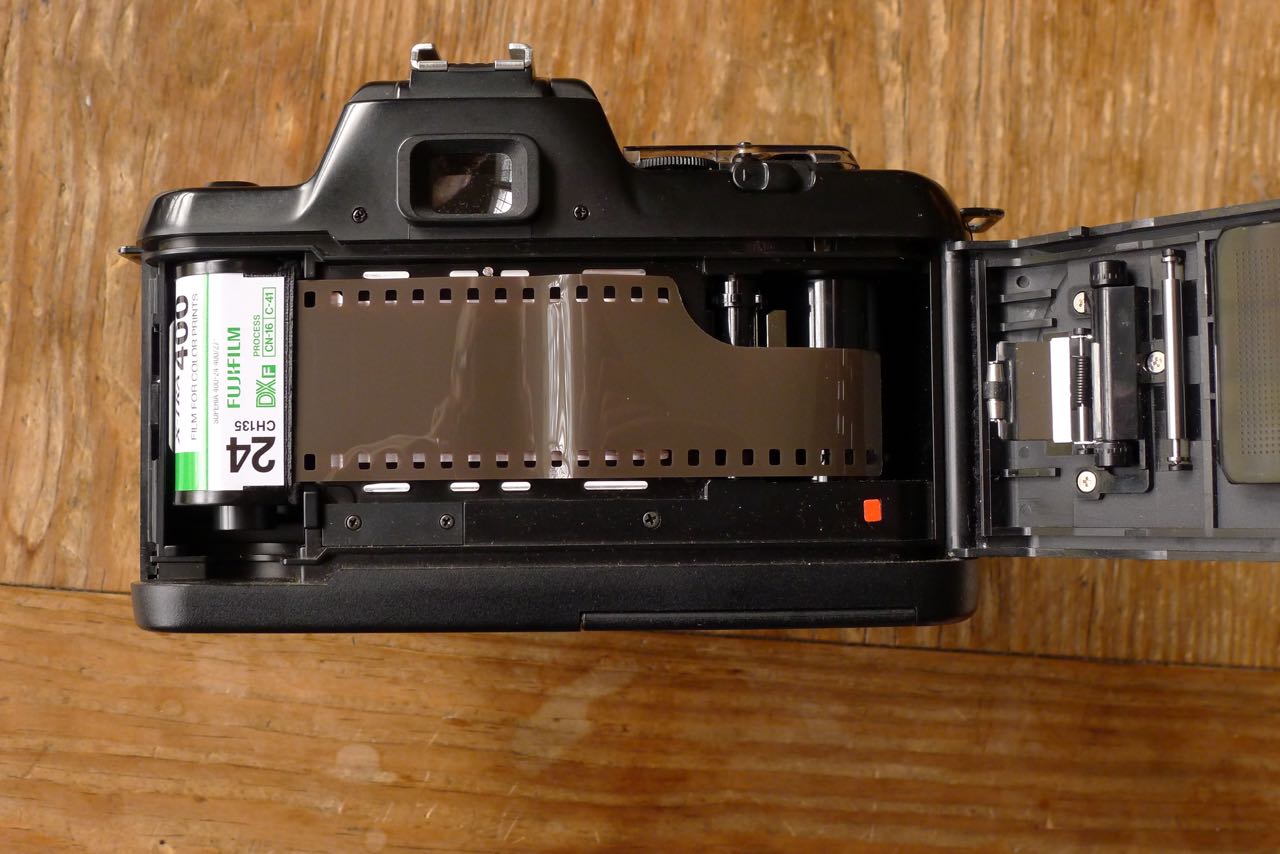
A few months ago, an N4004s came back into my life on the back of an AF 50 f1.8 lens I bought on eBay. I loaded it with a roll of Kodak Color Plus 200 and went about testing out, and once again, was pleasantly surprised how it works as a point-and-shoot, automatic camera. I tried the shutter and aperture priority modes and was frustrated by the lack of information, but got good images regardless. The flash did a great job of covering a room. I share a few of those shots from that roll here.
In the end, the Nikon N4004s is the kind of camera that you can give to someone and say “take a picture” and they’ll get a good one without any fuss. I enjoyed it a great deal when I didn’t really know what I was doing. Nowadays, I see its shortcomings. But I still had fun making pictures with it. You might too.
Original N4004 advertisement in the Jan 1988. It’s not the “s” but you get the idea…
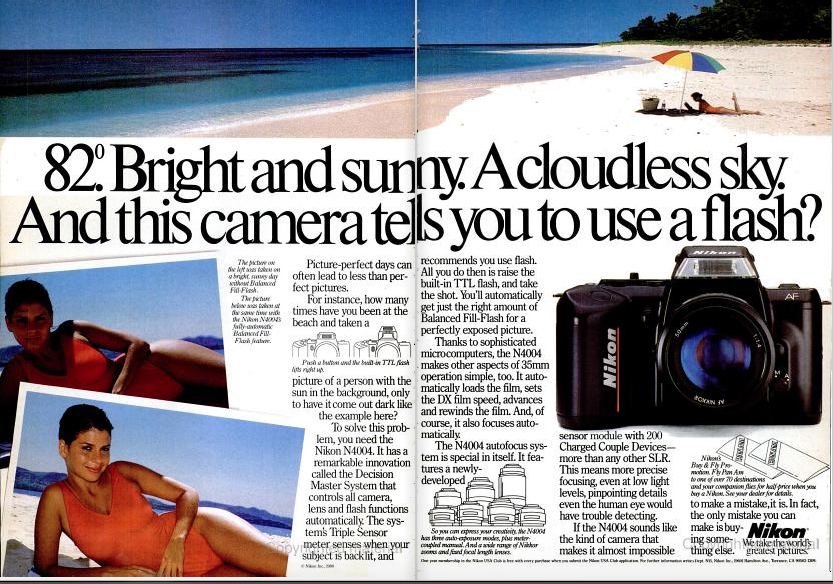
Link to Nikon N4004s manual.






